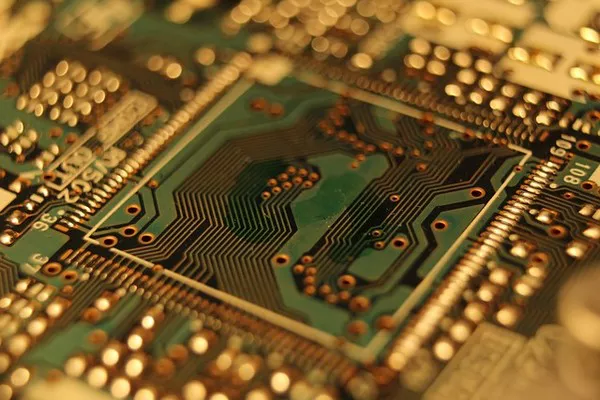Electrical equipment has become an indispensable part of modern life, powering everything from household appliances to complex industrial machinery. Understanding how electrical equipment works is crucial for engineers, technicians, and anyone dealing with electricity. In this article, we will explore the fundamental principles behind electrical equipment and delve into its essential components and functions.
Electrical Equipment: An Overview
Electrical equipment is a broad term encompassing a wide range of devices that utilize electricity to perform specific tasks. These devices may include motors, transformers, generators, circuit breakers, relays, and much more. They are designed to convert, control, distribute, and utilize electrical energy efficiently and safely.
Principles of Electricity
Before delving into the inner workings of electrical equipment, it is essential to grasp the basic principles of electricity. At its core, electricity is the flow of electrons through a conductor, typically a wire. Electrons are negatively charged particles found in atoms. When an electric potential difference (voltage) is applied across a conductor, it induces a movement of electrons, creating an electrical current. Current is measured in Amperes (A).
Key Components of Electrical Equipment
1. Conductors: Conductors are materials with low resistance to the flow of electricity. Copper and aluminum are commonly used conductors due to their excellent conductivity properties.
2. Insulators: Insulators, on the other hand, are materials that prevent or resist the flow of electricity. Rubber, plastic, and ceramics are typical insulators used to coat conductors and ensure electrical safety.
3. Voltage Sources: These provide the electrical potential difference necessary to drive the current through a circuit. Voltage sources can be batteries, generators, or power supplies.
4. Resistors: Resistors are passive components that limit the flow of current in a circuit. They are often used to control the amount of current in a particular part of a circuit.
5. Capacitors: Capacitors store and release electrical energy. They consist of two conductive plates separated by an insulating material, known as the dielectric.
6. Inductors: Inductors store energy in the form of a magnetic field when current flows through them. They are commonly used in transformers and motors.
Working Principles of Electrical Equipment
1. Motors:
Motors are devices that convert electrical energy into mechanical energy. They operate based on the principle of electromagnetism. When a current flows through a coil of wire placed within a magnetic field, it creates a force that causes the coil to rotate. This rotational motion is then transferred to mechanical systems, enabling the motor to perform work.
2. Transformers:
Transformers are essential for the efficient transmission and distribution of electrical energy. They work on the principle of electromagnetic induction. A changing current in the primary coil induces a varying magnetic field, which, in turn, creates a voltage in the secondary coil. This process allows for voltage stepping up (increasing) or stepping down (decreasing) depending on the transformer’s design.
3. Generators:
Generators, also known as alternators, are devices that convert mechanical energy into electrical energy. When a conductor is moved within a magnetic field, an electric current is induced in the conductor. This phenomenon is known as electromagnetic induction, and it forms the basis of generator operation.
4. Circuit Breakers:
Circuit breakers are safety devices used to protect electrical circuits from overloads or short circuits. When an excessive current flows through the breaker, it trips and interrupts the circuit, preventing damage to equipment or fire hazards.
5. Relays:
Relays are electrically operated switches that allow a small electrical signal to control a larger current. They are commonly used in control circuits to automate various processes.
Safety Considerations
Working with electrical equipment demands utmost caution to prevent electric shocks, fires, and other hazards. Always disconnect the power source before working on electrical equipment, and use appropriate personal protective equipment (PPE) like insulated gloves and goggles.
In conclusion, electrical equipment forms the backbone of modern society by enabling the generation, transmission, and utilization of electrical energy. Understanding the principles and components behind electrical equipment is crucial for safe and efficient operation. Whether it’s for residential, commercial, or industrial applications, electrical equipment plays a vital role in powering our modern world.

